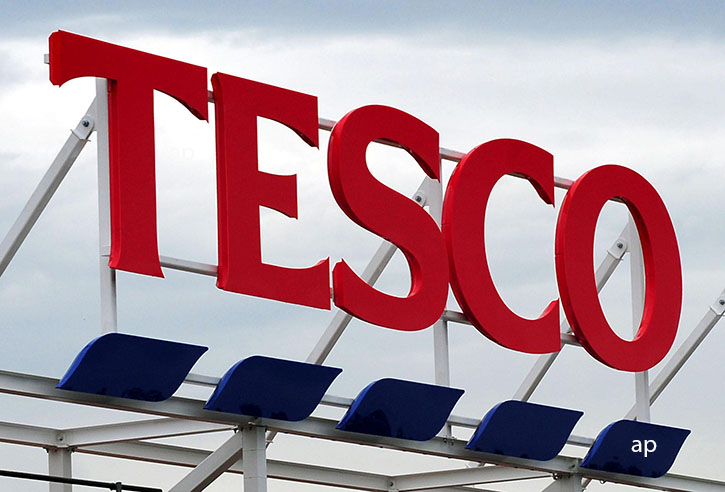Interest for passive investment solutions is growing at an accelerated pace. This is particularly so in the US, where passive has become akin to a default investment option. The trend is also positive in Europe. In fact, net inflows into European passive funds in 2016 – both index funds and ETFs – totalled $83 billion and outpaced the $48 billion netted by their active peers. ETFs have been the main beneficiaries, gathering $51 billion of new money to boost assets under management to $583 billion, placing them at par with the longer-established market of traditional index funds.

In the US, investors have embraced ETFs, but in Europe they have only scratched the surface

The outlook for the ETF industry is positive. Spurred by an increasing acknowledgement of the long-term benefits of low-cost solutions, the take-up of ETFs – passives in general – is expected to continue growing at a healthy clip. However, key differences between the US and European ETF market remain, particularly with regards to their adoption by retail investors.
Whereas in the US, retail investors and the financial advisers who serve them have fully embraced ETFs, in Europe they have only scratched the surface. There are no firm statistics, but the accepted view in ETF industry circles is that around 50% of the $2.5 trillion-worth U.S. ETF market is in the hands of retail clients. By contrast, in Europe retail adoption hovers at an estimated 10%-15%.
There are many reasons why the European ETF market has developed as – and largely remains – an institutional-client affair. Fund distribution channels, particularly outside the UK, remain dominated by commercial banks, which have traditionally favoured the placement of high-margin products. Also, the implementation of fee-based advisory models remains a pending subject for most, and where it is in place – as is the case in the UK – many of the large fund platforms serving financial advisers have been reluctant to undertake the necessary investment in technology that come with the distribution of intra-day traded funds like ETFs.
Many in the ETF industry expect the EU Markets in Financial Instruments Directive (MiFID II) to bring down the barriers that preclude ETF adoption by retail investors. And yet, short of these pending regulatory changes, which will come in 2018 at the earliest, the status-quo is being challenged by the growing popularity of online direct-to-consumer “D2C” advisor platforms. Known as robo-advisers, these platforms are springing out everywhere to offer low-fee automated financial advisory services to cost-wary retail investors. The low-cost business model espoused by the robo-advisers means that some of the most popular invest exclusively in passive funds.
The appeal of robo-advisers has not gone unnoticed amongst the dominant forces of fund distribution in Europe. Many commercial banks are working on their own online D2C platforms. In some cases, this has resulted in commercial agreements for the distribution of ETFs. All the while, bowing to the pressure to adapt in face of growing demand, an increasing number of platforms serving financial advisers have plans to upgrade their technical infrastructure to allow for the inclusion ETFs. Even ETF providers themselves ponder about the potential benefits of setting up their own D2C platforms to reach the untapped wealth of retail clients.
It is early days to say that European retail investors are on their way to embracing ETFs. However, it is encouraging to see that distribution channels are evolving before long-awaited regulation kicks in.
A version of this article appeared in Investment Adviser magazine





























